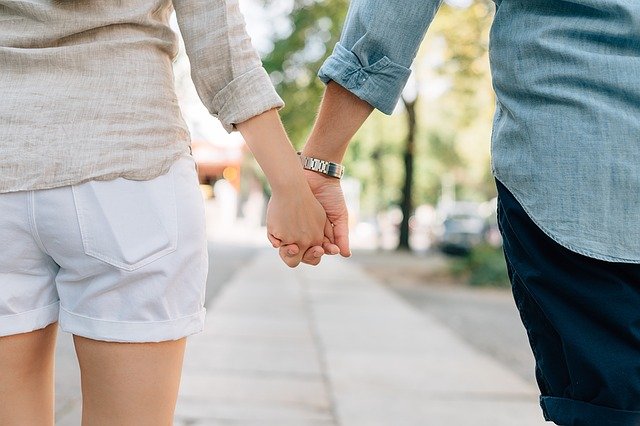
Falling in love is one of the best experiences in life. However, it is not always easy to stay in a romantic relationship.
Sometimes we feel vulnerable and insecure, and these feelings can influence the quality of a relationship.
According to a paper newly published in Current Opinion in Psychology, stressful situations can evoke the core features of our attachment styles.
The attachment system is formed during evolutionary history. Protection from danger by a stronger figure was essential for the survival of infants and children.
To ensure enough care and protection, human develops the attachment system to motivate vulnerable individuals to seek close physical and emotional relationships with their caregivers.
In adults, there are two main romantic attachment dimensions. One is Avoidance, reflecting how individuals are comfortable with closeness and emotional intimacy.
Highly avoidant people have negative views of romantic partners but positive views about self. They try to create and maintain independence and control in the relationship. During stress, they often use distancing cope strategies, e.g., suppressing negative thoughts and emotions.
Low avoidant people, on the other hand, are more comfortable with intimacy and are willing to depend on others and have others depend on them.
The second dimension is Anxiety. This shows how individuals worry that their partner will abandon them. Highly anxious people are heavily invested in their relationships, and they yearn to get closer to their partners to feel more secure.
Anxious people usually feel negative about themselves but want their partners to appreciate them. These conflicted thoughts make them question their worth and worry about losing their partners. They are motivated to increase their deficient sense of insecure, which drive their partners away.
When external stress (e.g., separation due to work) comes in, people with different attachment styles will have different responses.
Highly avoidant people who are more distressed seek less comfort and support from their partners. They may also offer less comfort or support when their partners are more upset. Less avoidant people will show the opposite patterns.
For example, when separating at airports, highly avoidant people show less physical contact with their partners and show more distancing behaviors.
Highly anxious people may see stress as a strong threat to the relationship, and feel less close to their partners. When asked to imagine leaving their partners forever, highly anxious people show lots of negative emotional reactions, whereas highly avoidant people do not (they just suppress the negative thoughts and emotions).
When internal stress (e.g., jealousy or intimacy issues) comes in, highly anxious people have more distress, show more dysfunctional behavior, and view their partners more negatively. This becomes better if they are committed to the relationship.
High avoidant people, on the other hand, do not accurately think what their partners are thinking or feeling. They prefer instrumental support for emotional support. To them, being independent is the most important thing.
When long-term life stress occurs, such as becoming a parent, highly anxious people perceive less partner support and feel unsatisfied with the relationship. Their partners may have a similar pattern, feeling unsatisfied and providing less support.
Highly avoidant people, especially men, tend to think the newborn is interfering with their personal or work lives, and that they are doing too much childcare.
Researchers suggest that stressful stimulations can evoke the core features of insecure attachment styles (highly avoidant or anxious) and decrease relationship satisfaction.
However, this does not mean that people with insecure attachment always have negative behavior or thoughts. In addition, romantic partners’ emotions and behaviors can influence their responses.
Copyright © 2019 Knowridge Science Report. All rights reserved.




